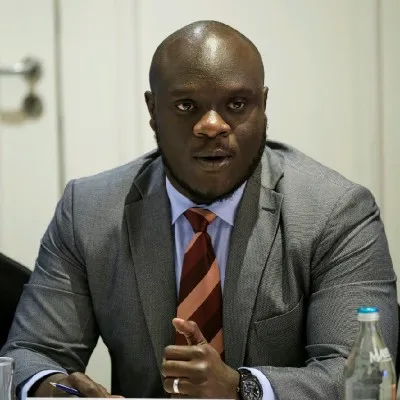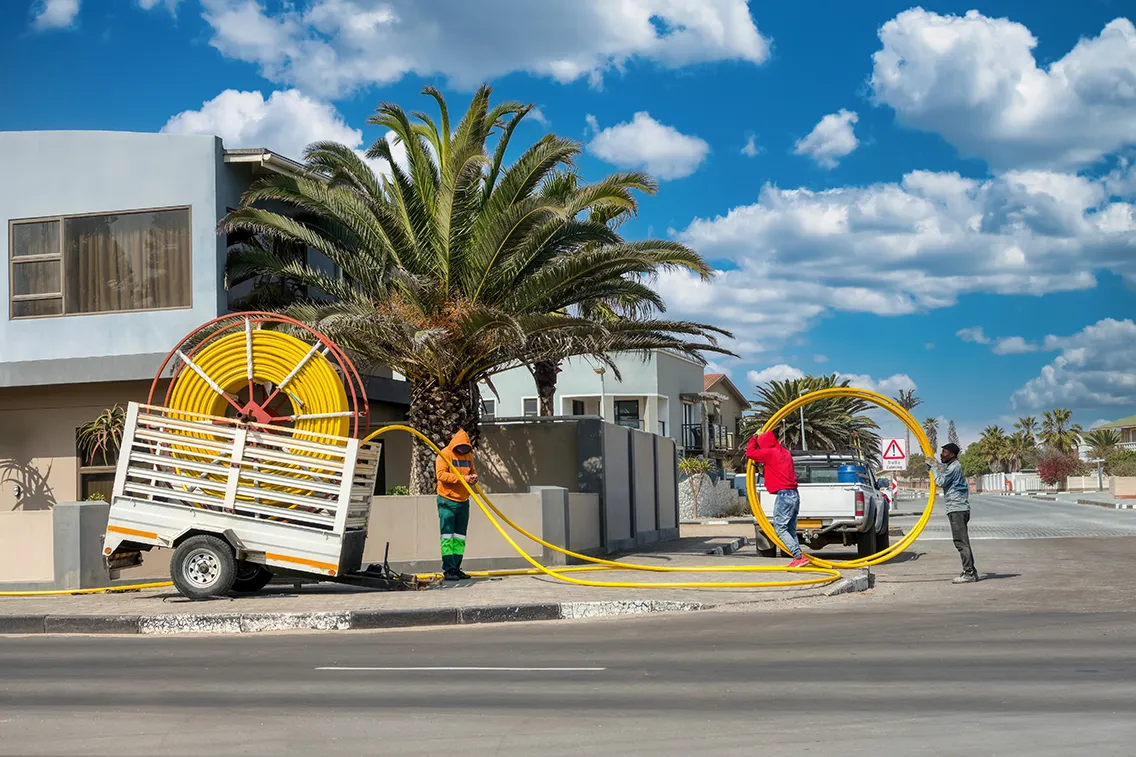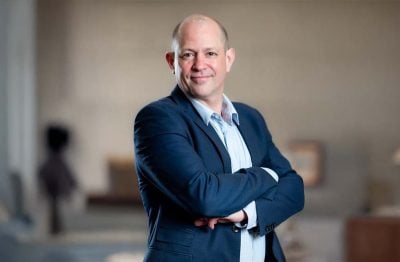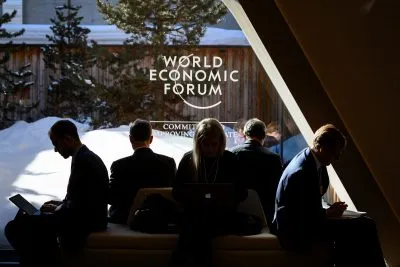This article is part of a series produced in collaboration with the African Development Bank in light of its sixtieth anniversary. Please visit our dedicated portal to read about the Bank's history and its activities on the continent.
The AfDB has channeled over $55 billion into infrastructure projects across Africa in the past 9 years, according to Bank President Akinwumi Adesina. This substantial investment in projects ranging from energy to roads, corridors, seaports, airports, rail, digital infrastructure, water and sanitation, is a testament to the Bank’s longstanding commitment to bridge the infrastructure gap on the continent.
Indeed, since its inception six decades ago, the AfDB has financed the paving of over 40,000 kilometers of roads—equivalent to four times the distance between Tunis, Africa’s northernmost capital, and Cape Town, its southernmost. Last year alone, transport and energy projects comprised 27% and 19% of the Bank’s portfolio, respectively, with funding for transport infrastructure increasing 36% year-on-year to $2.49 billion.
“Today, the Bank is the largest multilateral financier of infrastructure in Africa,” Adesina told staff and partners of the Bank’s at a ceremony to mark the lender’s 60th anniversary held in Abidjan Ivory Coast.
According to him, Africa’s significant infrastructure deficit hampers development and, if left unaddressed, will further impede progress towards industrialisation, economic integration, and improved quality of life for the continent’s fast-growing population. The World Bank underscores this urgency, noting that the poor state of African infrastructure reduces economic growth by 2% annually and cuts productivity by up to 40%.
Steady progress
Despite Africa’s significant infrastructure deficit, many countries on the continent have made notable strides in narrowing the gap. This can be credited in no small part to the AfDB’s active involvement in some of the most transformative infrastructure projects in Africa.These advancements are particularly visible in the energy sector, where the Bank is intensifying efforts to connect the 600 million Africans who still lack access to electricity.
“Since the African Development Bank launched its New Deal on Energy in 2016, much progress has been made, with the share of the population with electricity expanded from 32% to 57%,” noted Adesina.
Crucially, the AfDB’s energy initiatives are not only illuminating homes and powering industries but also positioning Africa as a key player in the global transition to sustainable and renewable sources of energy. Tellingly, from 2016 to 2022, the AfDB approved $8.3 billion in energy commitments, with 87% directed towards renewable energy projects.
One of the most ambitious renewable energy projects spearheaded by the Bank is the Desert-to-Power initiative. This bold $20 billion venture aims to transform Africa’s vast, sun-drenched Sahel region—one of the world’s most vulnerable areas—into a solar energy powerhouse. The project, which is a brainchild of Adesina, is set to generate up to 10 GW of solar energy, providing photovoltaic power to 250 million people across 11 Sahel countries.
Additionally, the Bank is developing an African Green Mineral Strategy. This strategy seeks to harness the continent’s abundant critical minerals, such as cobalt, manganese, and platinum, which are vital for facilitating the global energy transition.
“The future of energy transition, for a world powered largely with renewable energy, will depend on Africa. Africa has the largest solar potential in the world, which will be critical for developing green hydrogen and green ammonia that will power green economies of the world towards net zero emissions,” argued Adesina at a recent lecture at Chatham House.

 Sign in with Google
Sign in with Google 



